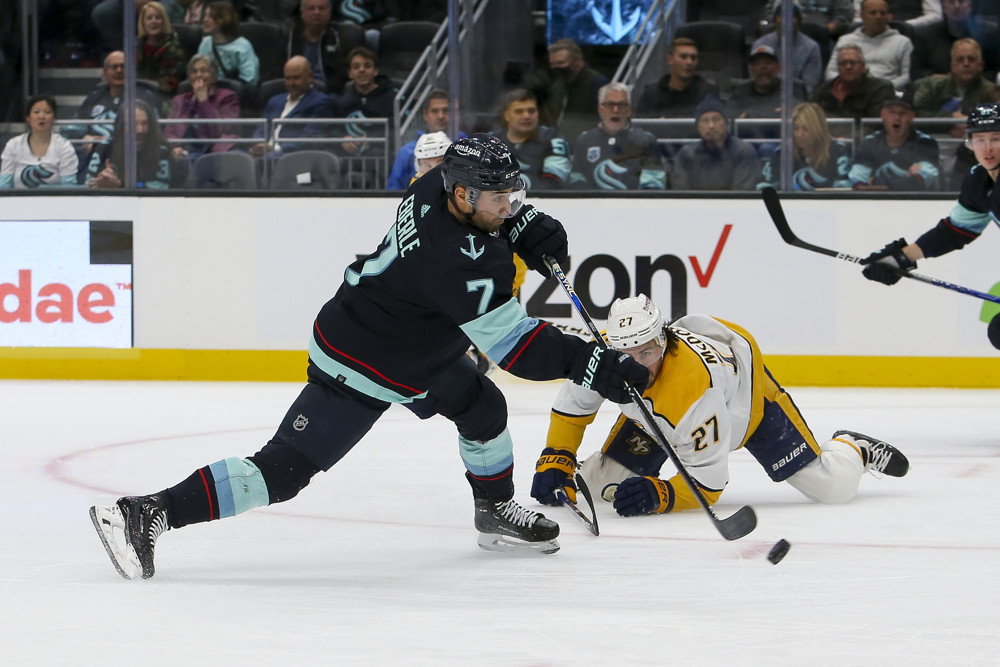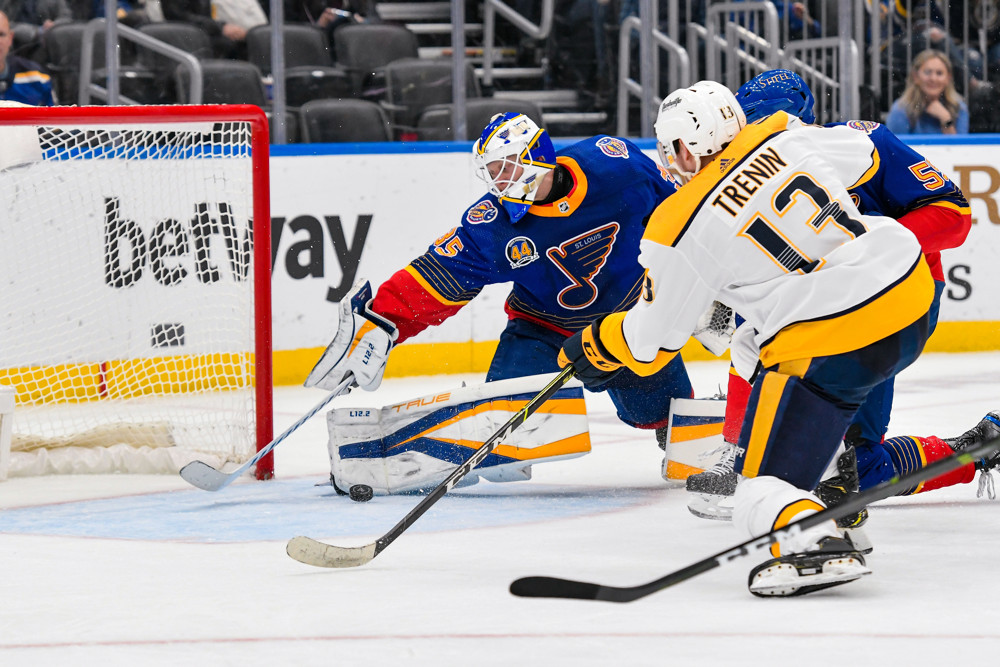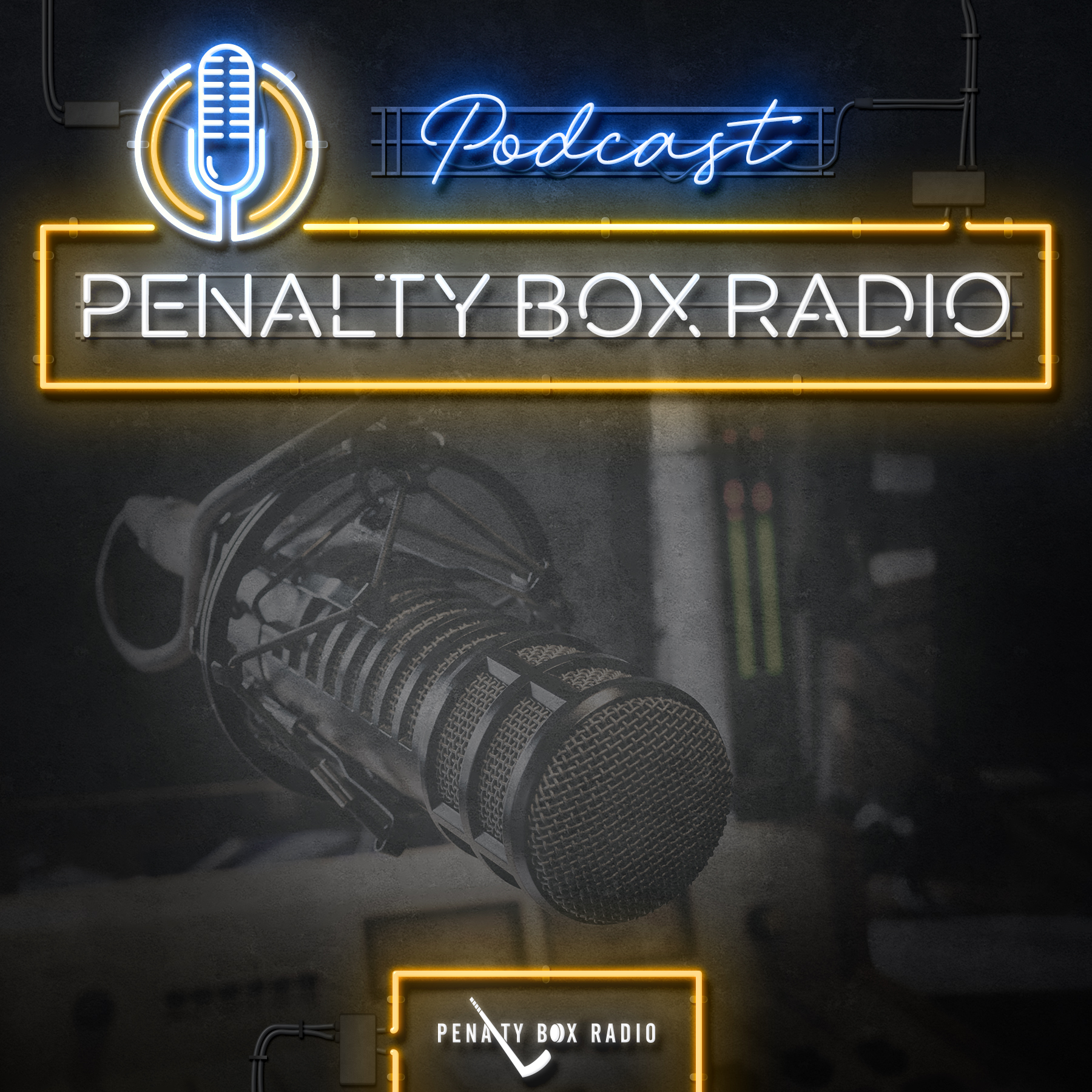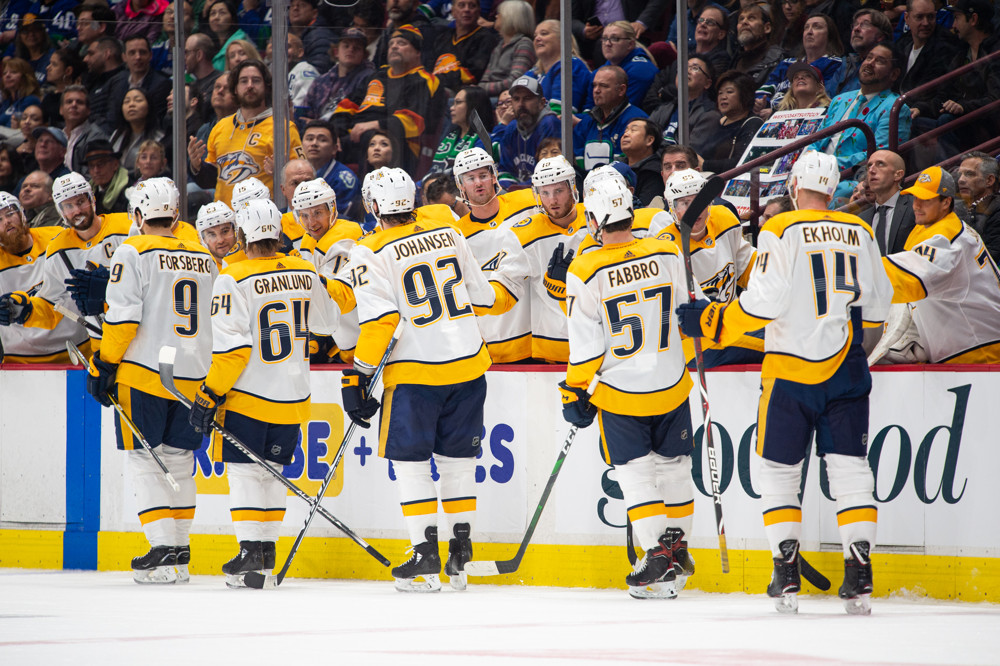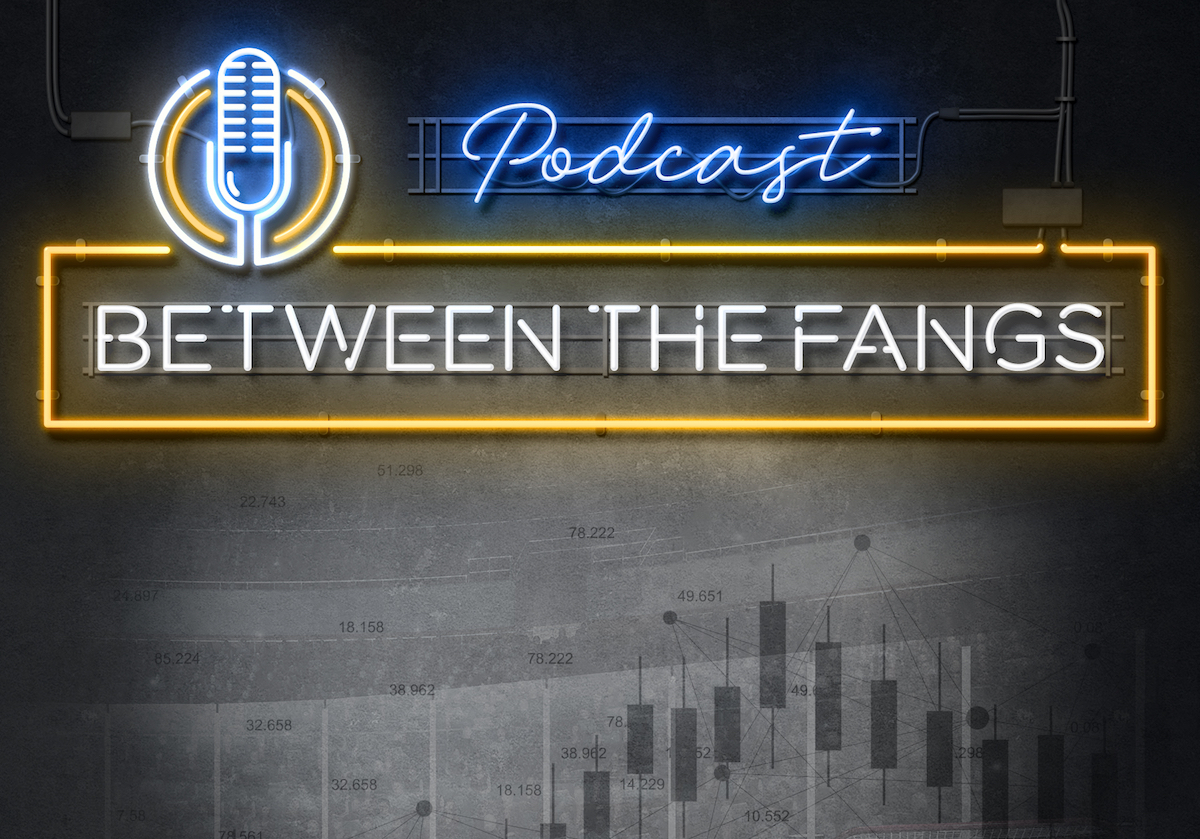The first 13 games of the 2022-23 season for the Nashville Predators have been uneven, to say the least. The team started 2-0 in the Global Series vs. San Jose but their return to North America was met with a 1-5-1 stretch culminating in a 7-4 loss at Edmonton where the Predators allowed 3 goals in the first period and trailed 5-1 in the second period. The team rebounded however with wins at Calgary and Vancouver before an embarrassing performance against Seattle, losing 5-1.
The uneven results have been the result of uneven performances where the Predators will be significantly better for a period or two and yet be trailing or on the losing end of every analytical measure but hold a lead. The most recent loss to Seattle is a perfect example where the Predators dominated possession in the first period but a string of turnovers led to a 4-0 deficit. The Predators again dominated the second period but could only get one goal back on a Thanos-esque “Fine, I’ll do it myself” play by Filip Forsberg. In the 3rd, Nashville proceeded to lose the possession battle and not gain any more ground.
Among the myriad of issues, many of which are purely performance-related, there is a trend similar to the 2021-22 season starting to emerge once again. In 2021-22, the Predators were around average at generating offensive chances through the first half of the season but trailed off steeply down the stretch. In 2022-23, the Predators have started off performing more closely to how last season ended. The chart below pulls data points from Natural Stat Trick for team ranks at 5v5 across a number of offensive generation metrics.
| Metric | 2021-22 Rank | 2022-23 Rank (13 games) |
| Shots for | 27th | 24th |
| Scoring chances for | 24th | 17th |
| High Danger chances for | 30th | 22nd |
| Expected goals for | 28th | 15th |
| Shooting % | 10th | 21st |
| High Danger Shooting % | 1st | 7th |
This trend is of a team that still does not generate offense at 5v5 at a level necessary for a contending team. Related, the Predators are not finishing at the same level as last season where they were one of the best in the league overall and the best on high-danger chances. Combining the aforementioned 5v5 issues with a power play that is 29th in scoring chances and 26th in high-danger chances per 60 minutes paints a pretty clear picture of just how bad the Predators are performing offensively. These issues are only exacerbated by the carnival that is the Predators attempting zone exits and goalie Juuse Saros’ uncharacteristically mediocre performance thus far.
How do they fix it?
There are two causes at work here so I’ll switch up my normal cadence and talking coaching first. John Hynes has emphasized quality over quantity from day one. In and of itself, that is not a bad thing since the Predators have been very good at scoring high-danger chances. However, the way that strategy has manifested from last season into this one is that Nashville is highly dependent on rush chances. As I noted before, the Predators have been wildly inconsistent in getting out of their defensive zone and through the neutral zone (ironically this was a big focus during training camp) so the chances off the rush aren’t happening. Instead, the Predators are needing to set up offense off less controlled entries and work the cycle game which has been a struggle. The coaching staff needs to find a different strategy both for exiting the defensive zone (getting possession) and working the offensive zone cycle (generating chances) to build more volume of scoring opportunities. Lastly, the coaching staff is currently keeping three offensively talented players (Glass, Tolvanen & Carrier) in the press box in favor of heavier players. If the team is to open up the offensive game then the more skilled players need to be put into positions where they can succeed, even if it reduces the ice time for some of the “identity” role players.
Now to the players. They’re not doing themselves any favors with how poorly they are executing plays across the board. Team passing has been abysmal, neutral zone transition is a mess and defensemen are still shooting pucks into skates and ankles. As a result, the Predators can’t really push the offensive game onto the defending skaters to create not just a first chance but the follow-up opportunities that are often of a higher danger variety. The Predators have even had a good number of odd-man rushes, but few of them result in a shot on goal because the puck carrier can’t connect the pass or just holds too long and runs out of options. While the offensive scheme calls for quality over quantity the players need to better execute each play to maximize their possessions, create more chances offensively and ultimately see more shots go in the back of the net.
Statistics courtesy of the NHL and Natural Stat Trick

